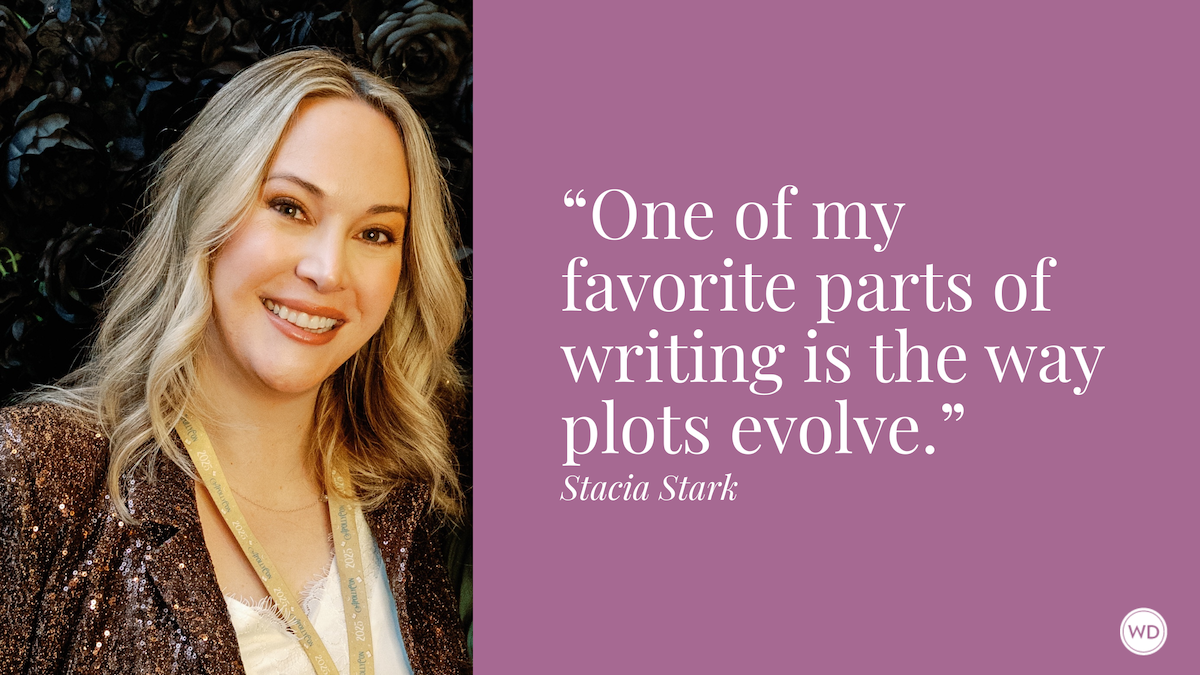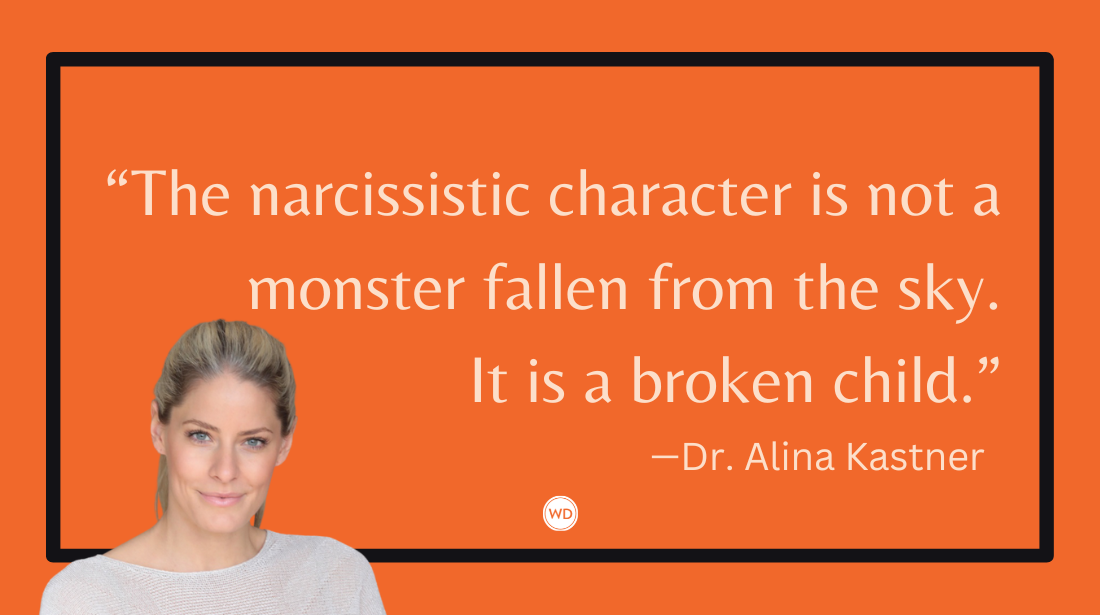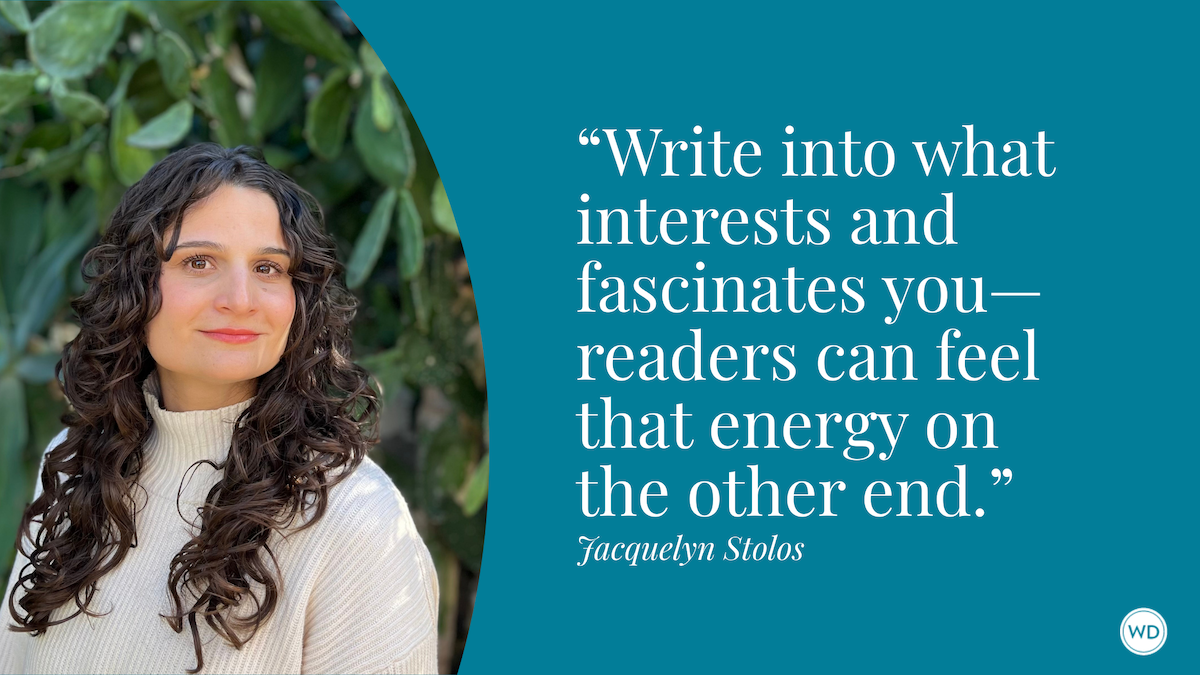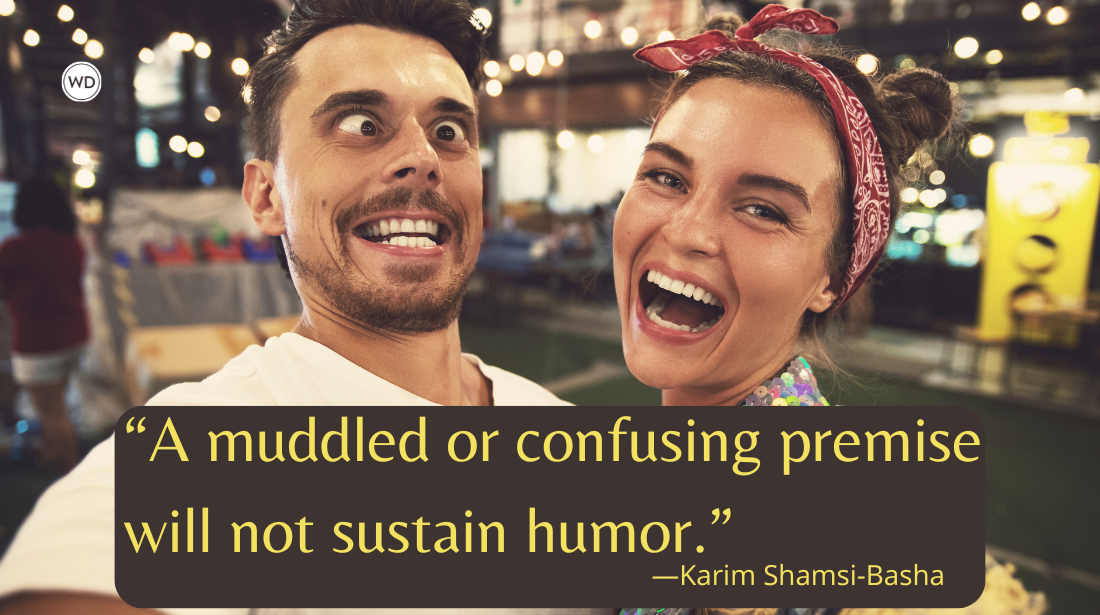What Is Gothic Horror in Fiction?
WD managing editor Moriah Richard outlines the history of gothic literature, what makes it horrifying, and how you can utilize the traits in your own storytelling.
If you’ve been following us for the last few years, you might know that I am a huge fan of horror. From monsters and the supernatural to body horror and beyond, if there’s an element of spine-tingling terror, it’s probably been written for me. Despite my general love of frightening fiction, I have always had a special place in my heart for gothic fiction.
The Basics
If you’re looking for a basic answer for what makes up gothic horror, some of the hallmarks are:
- Haunted and decayed settings (castles, homes, etc.)
- Supernatural elements (especially ghosts)
- Themes of isolation and/or confinement (both physical and mental)
- Emotional and psychological overwhelm (characters doubting their reality, facing emotional turmoil like grief and loss, etc.)
- Morally ambiguous characters (these characters engage the reader’s thinking on a deeper level)
- Discussions of religion or philosophy (often tied to the morally ambiguous character)
- Terror vs. horror (terror is when authors use suspense to build unease, and horror is when the promise of that terror is delivered)
The History
The Beginning
Although horror fiction has roots in ancient storytelling (think of folklore and religious traditions), what we consider modern horror can be traced back to the advent of gothic literature in the late 18th and 19th centuries. The genre itself was named for the crumbling ruins of medieval and Gothic castles. These early works focused heavily on topics of morality (mainly through philosophy and/or religion) and were highly metaphorical. Some popular themes were revenge, the threat of sexual violence against a woman’s purity, and death and decay. The supernatural and monsters were used as a lens through which to view these themes.
They often ended unhappily, and romance was never a major focus of the plot, though gothic romance was also a popular genre then (think Wuthering Heights). The battle between humanity and evil (whether supernatural or man-made) structured a lot of the plot of gothic horror. As for the setting, most utilized the bleak atmosphere of isolated homes, castles, etc. to emphasize the unease and terror that comes with seclusion.
This era of gothic horror gave us the classics. To name a few:
- Frankenstein by Mary Shelle
- Melmoth the Wanderer by Charles Maturi
- Strange Case of Dr. Jekyll and Mr. Hyde by Robert Louis Stevenson
- The Picture of Dorian Gray by Oscar Wilde
- The Invisible Man by H. G. Wells
- Dracula by Bram Stoker
- Almost anything by Edgar Allan Poe
The Horror Boom
Horror became more popularized in the 20th century. This is where we see gothic horror moving from the large, crumbling castles to more contemporary locations. Think Shirley Jackson’s The Haunting of Hill House or The Woman in Black by Susan Hill. This change might seem subtle, but it brought terror closer to the reader, making any creak in their floorboards a potential haunting.
This is also when Southern gothic horror was born. America didn’t have the grand, sweeping castles of Europe; instead, it had ruined and decaying plantations. The mainstay of Southern gothic literature is that it focused on the social and racial tensions of the region, especially in the direct aftermath of the Civil War. Unlike earlier gothic horror, Southern gothic also employs dark humor, melodrama, and grotesque imagery.
While many group them together, I think there’s power in distinguishing Black American gothic from Southern gothic. Gothic literature is generally considered Eurocentric, but Black authors were writing about their experiences in the American South—especially Black women authors. For example, in Incidents in the Life of a Slave Girl, Harriet Ann Jacobs combined the slave narrative genre with gothic elements to examine the topic of sexual abuse. This novel was first published in 1861.
Some novels that exemplify this are:
- Absalom, Absalom! by William Faulkner
- Their Eyes Were Watching God by Zora Neale Hurston
- Other Voices, Other Rooms by Truman Capote
- Wise Blood by Flannery O’Connor
- Linden Hills by Gloria Naylor
- Beloved by Toni Morrison
Modern Gothic
Is there such a thing as the modern gothic novel? Yes! Neo-gothic novels seem to be on the rise. Whether it’s Octavia Butler’s Fledgling, Lone Women by Victor LaValle, or Mexican Gothic by Silvia Moreno-Garcia, today’s authors are using the genre to view society through a new lens—mainly, focusing on previously (and still) marginalized voices of people of color, women, and LGBTQIA+ people.
Some of my favorite neo-gothic reads (that I haven’t already mentioned) are:
- The Essex Serpent by Sarah Perrey
- Melmoth by Sarah Perrey
- The Hacienda by Isabel Cañas
- What Moves the Dead by T. Kingfisher
- The Daughter of Doctor Moreau by Silvia Moreno-Garcia









